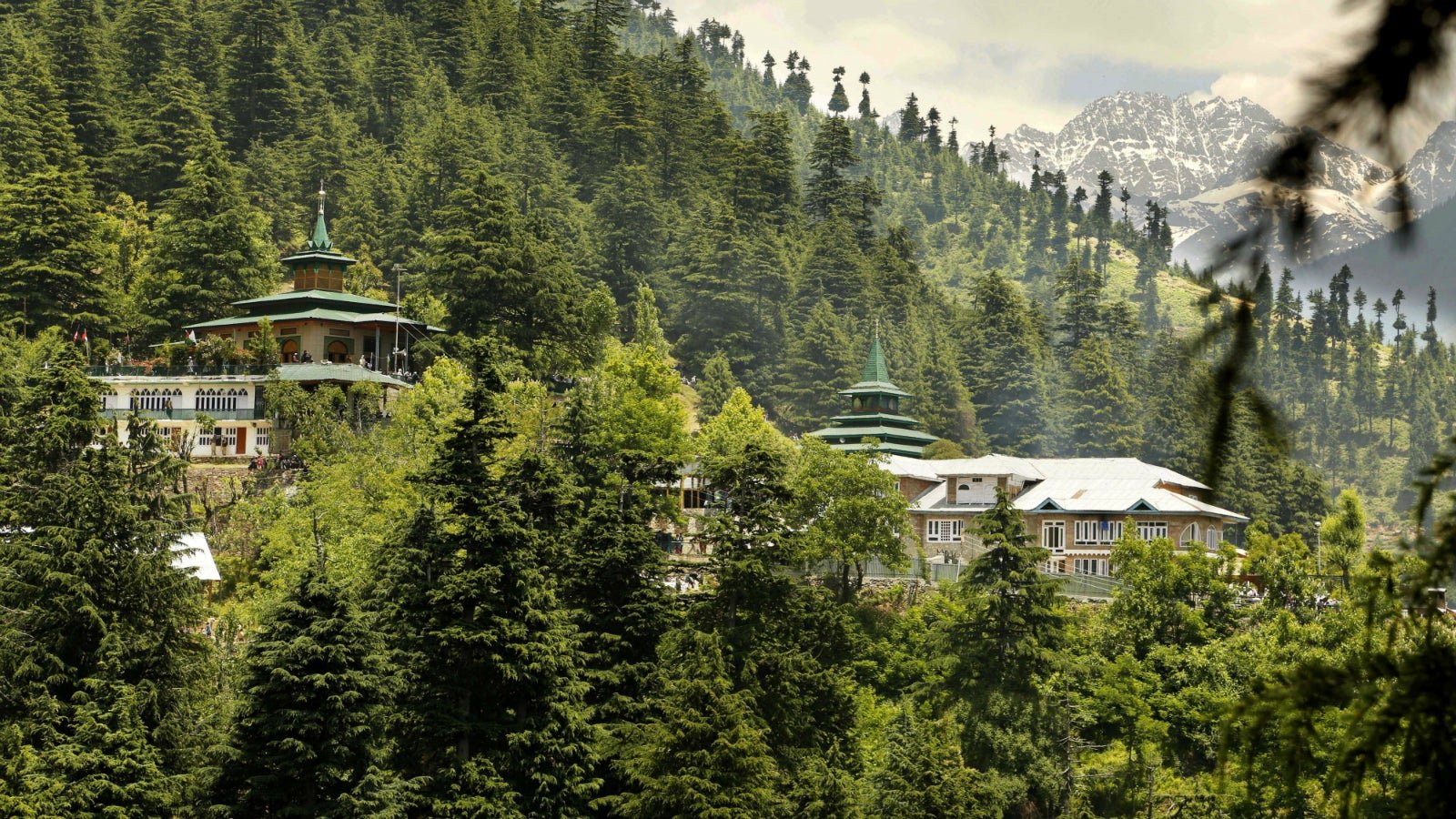India plans to spend $6 billion on creating new forests
The Narendra Modi government plans to spend a staggering $6.2 billion (Rs41,000 crore) to increase India’s green cover.


The Narendra Modi government plans to spend a staggering $6.2 billion (Rs41,000 crore) to increase India’s green cover.
The bill—called the Compensatory Afforestation Fund Bill, 2015—has already been passed by lawmakers in India’s lower house this week. The aim of this project is to increase India’s forest cover from 21.34% of the total land to 33%. The bill is now waiting to be passed by the upper house, the Rajya Sabha.
This money comes from the fee paid by various private companies and other entities to the Indian government since 2006 for allowing them to set up projects on forest land. The bill, which was introduced in the Lok Sabha last year, proposes that the state governments be provided 90% of the accumulated funds, with the remaining being kept with the central government.
“Our forest cover will dramatically increase and it will result in achieving our target 33% of tree cover and most importantly 2.5 billion tonne of carbon sink as we have indicated in our intended nationally determined contributions (INDC),” India’s environment minister, Prakash Javadekar said on May 3.
But experts have their doubts.
“I have my reservations about this project,” Sreedhar Ramamurthi, an earth scientist and management trustee at NGO Environs Trust, said. “There should be a mechanism to monitor that the funds are used correctly. Many a times, forest officials themselves burn down forests when they are pressed for target completion and complain that their work was lost in fires.”
“The setting up of the authority won’t have any impact on forest land,”Ajay Kumar Saxena, program manager, forestry, at Centre for Science and Environment (CSE) said. “Already, a lot of forest land has been affected in the past and we can’t reverse the damage that has happened.”
There are also concerns over how exactly the government will develop forests on alternate land. Since 1980, the environment ministry has approved the diversion of 1.29 million hectares of forestlands for non-forestry purposes, according to a study by CSE.
In a report (pdf) in 2013, India’s comptroller and auditor general (CAG) had made a scathing assessment of the environment ministry’s failure to grow forests on alternative land, even as it diverted forests areas for infrastructure projects.
In the report, the auditor had said:
We noticed serious shortcomings in regulatory issues related to diversion of forest land, the abject failure to promote compensatory afforestation, the unauthorised diversion of forest land in the case of mining and the attendant violation of the environmental regime. To be able to undertake compensatory afforestation on equivalent area of non-forest land, such land needs to be received by the Government. The Ministry’s records revealed that against the receivable non-forest land of 1,03,381.91 hectare, 28,086 hectare was received during the period 2006-12 which constituted only 27% of receivable non-forest land. The compensatory afforestation done over the non-forest land received was an abysmal 7,280.84 hectare constituting 7% of the land which ought to have been received.
“There is no clarity on how the government will develop these new forests,” added Ramamurthi. “Are you going to throw away people from their land to develop new forests? If so, why did you allow forests to be depleted in the first case? This is a kind of double whammy.”